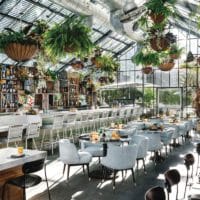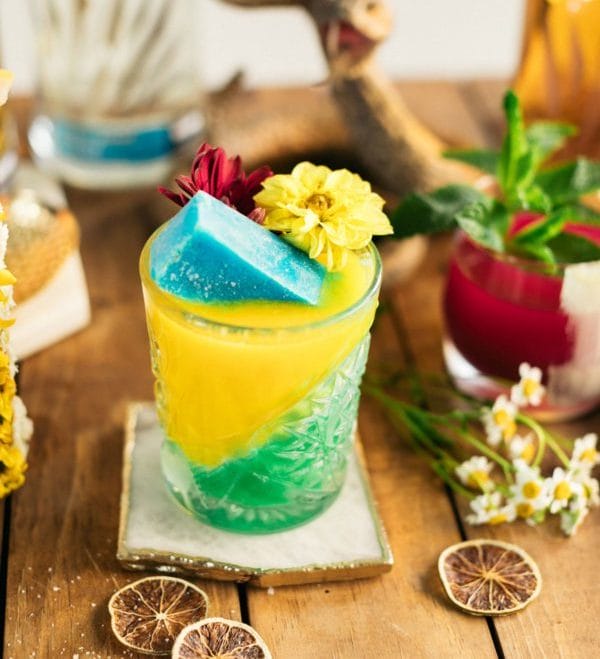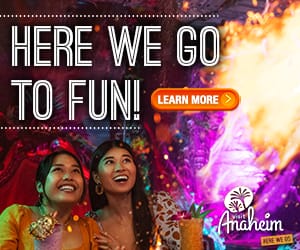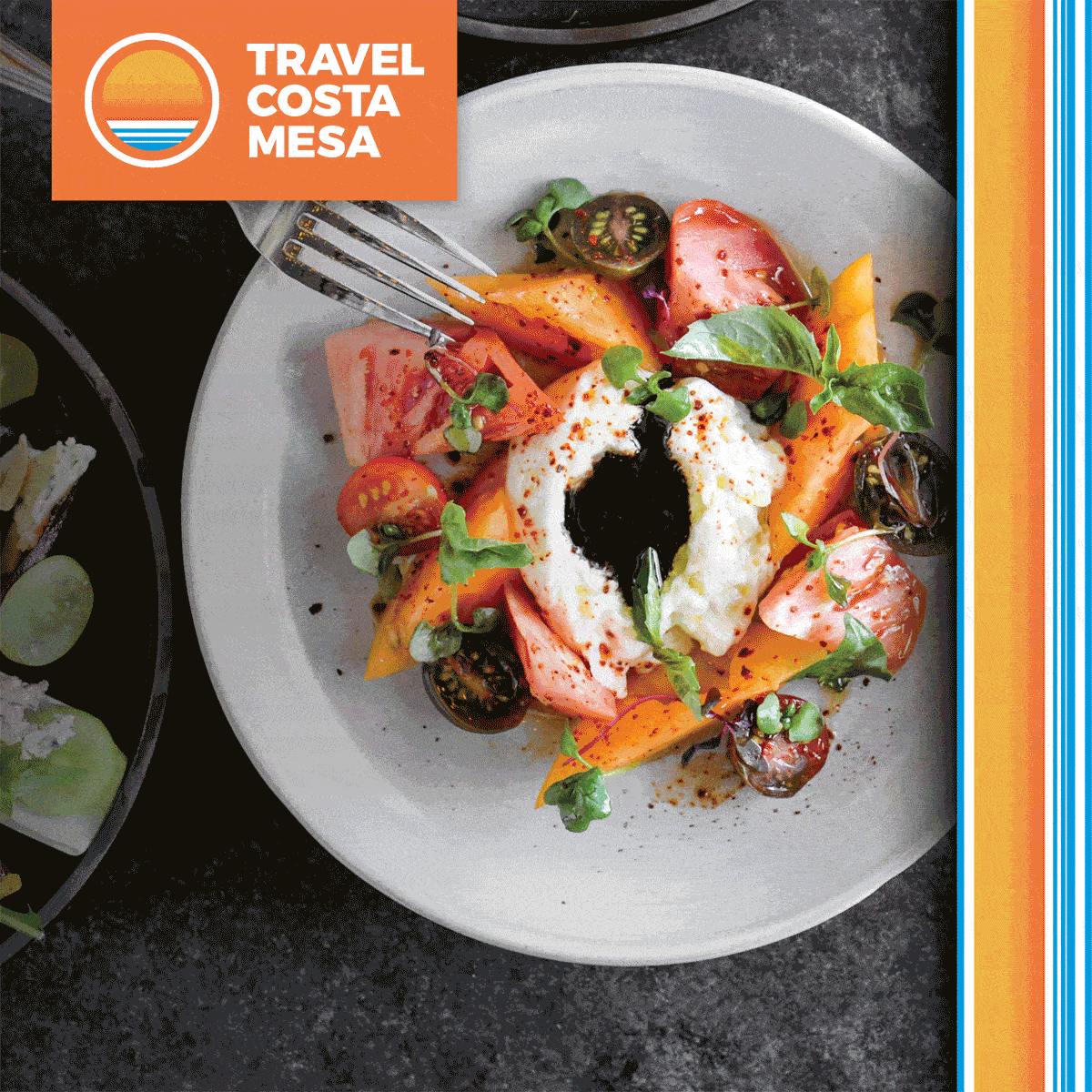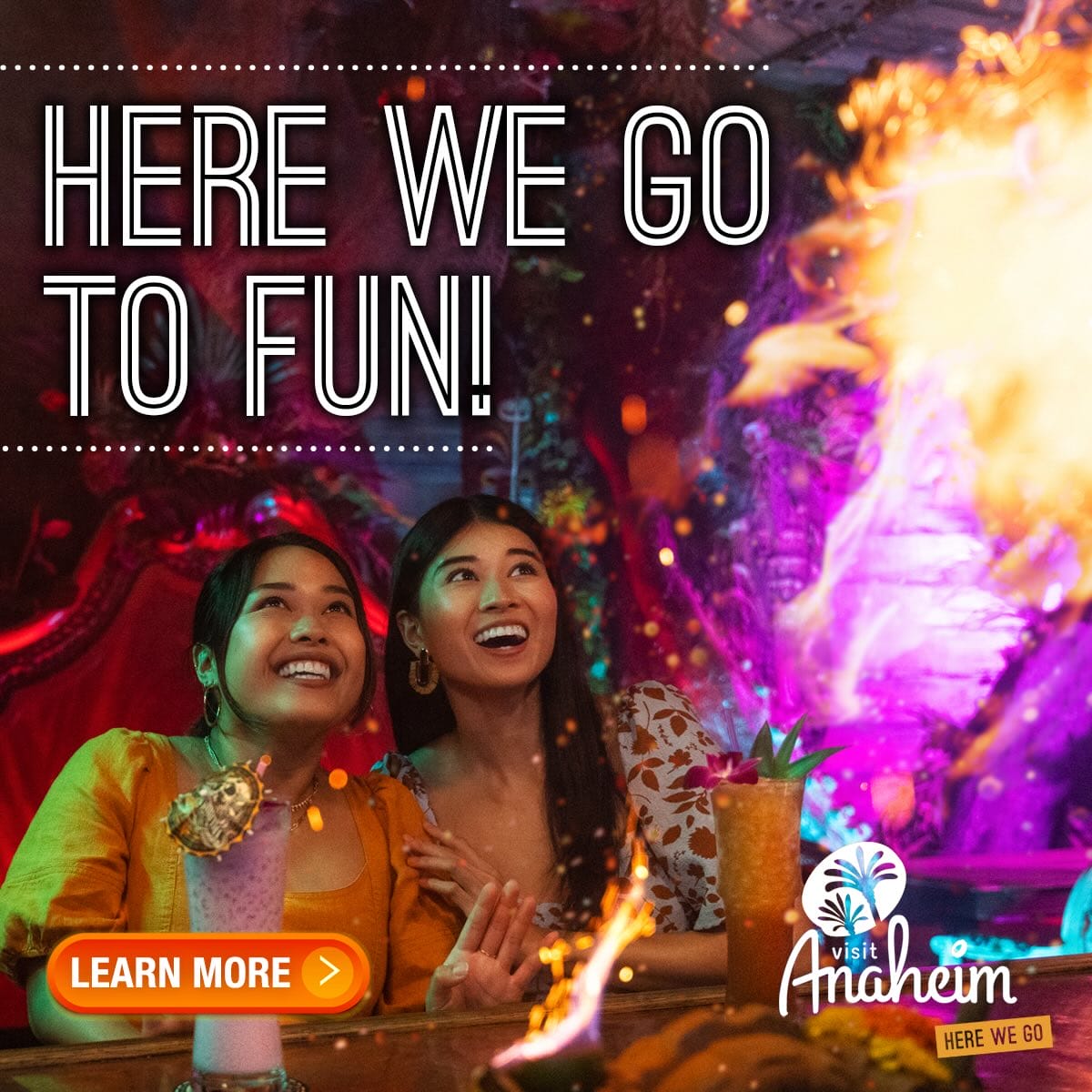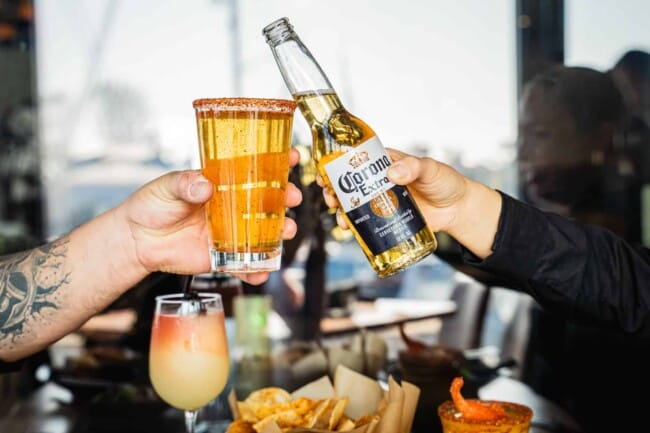The Orange County Native Brings the Noise
Written By: Rachel Vensand
Photography By: Joe Magnani and Jared Schlachet
Styled By: Mimu Motamedi
Grooming By: Sonia Reshetnikova Steve Aoki
It only takes a quick peek at the Billboard Top 40 to see that a wave of electronic music has infiltrated mainstream radio in a more digestible way than ever before. Powerhouses like The Chainsmokers and DJ Snake are proof that the line between electronic and pop is practically indistinguishable. Although these DJs rose to stardom with astonishing speed, their success is no surprise; the pioneers of this pop-electronic sound emerged in an underground scene about 15 years ago with no blueprint for success. Beginning in intimate clubs dominated by subculture, exploration of unchartered electronic music territory was largely led by modern day Renaissance man and Newport Beach native, Steve Aoki.
As the heir to his father’s chain of Benihana Restaurants, the misconception that Aoki was handed his rock star lifestyle on a silver platter is a disrespectful falsehood. In his Netflix documentary I’ll Sleep When I’m Dead, Aoki delves into previously untouched content about the extent to which his father neither financially nor otherwise supported his passion for music. He explains, “[My father] never talked about money the way you’d imagine an entrepreneur would. He was very competitive. He would use money as a tool to lift himself up, which is why he didn’t understand a lot of things I was doing in my life. Every step of the way was confusing for him because he viewed it as a distraction from getting a full time job.”
By embracing a “by any means necessary” attitude, Aoki has cultivated a flourishing music career that transcends boundaries of time, while simultaneously juggling his own record label, two clothing lines, his charity the Aoki Foundation, and countless other endeavors. Ironically, Aoki continues to build an empire that rivals his father’s legacy with one of the only things they have in common: a relentlessly hard working attitude. It’s seemingly unimaginable that Aoki began as a regular kid who felt the burden of racial discrimination at Newport Harbor High School, where the largely white population of students discriminated against his Japanese heritage. Aoki elaborates, “There was no checking on issues of racism or even sexism during my experience in Newport Beach. I couldn’t talk to my white friends because they were like, ‘Oh, don’t worry about it!’ So, I tried to brush it off but I was still confused and angry at the world.”
Eventually, Aoki found a community within the hardcore music scene with which he shared a similar progressive ideology. He channeled his frustration into this underground community who says “F— that!” to the established norm that rejected his authentic self. Aoki shares, “Hardcore was punk 2.0. Hardcore is all about solutions. It’s all about asking, ‘How do we deal with these [societal] problems?’ The answer was to change our lifestyle.”
When he began college at University of California, Santa Barbara, Aoki continued to confuse his business-oriented father by taking sociology classes and eventually majoring in Women’s Studies. The vibrant and angry young student applied his studies to everyday life, radicalizing his mentality by embracing a vegetarian diet and vowing to abstain from drugs and alcohol. With the newfound support of this community, Aoki used the unlikely concert venue of his college living room to create The Pickle Patch, an all-inclusive space which hosted bands of any size (one of which being the early Jimmy Eat World) and played to crowds of a sometimes measly five or 10 people. By never saying “no” to bands that wanted to play, Aoki created the inclusive ecosystem that his early adolescence lacked.
After graduating from UCSB in 2000, Aoki combined the newfound success of indie rock band The Kills’ debut release on his record label with a $1, 000 monthly allowance from his mother to take Dim Mak to Los Angeles. It was there where he would learn to be the multi-talented and endlessly connected DJ that he is today—due largely in part to DJing parties he’d throw with his friends and initially sucking at it.
“We were pretty bad DJs. This was pre-digital era so we were all playing vinyl. I was learning, but no one gave a f— because all the people in the room were hipster kids, ” Aoki elaborates, “I had Interpol, the Yeah Yeah Yeahs, The Kills, and Bloc Party from the beginning with me learning how to DJ. We had this insular, exclusive, small scene that commercial Hollywood didn’t get.”
Evolving with club trends from indie records to electronic music, Aoki’s small gatherings started to draw attention from the late mash-up king and pop culture aficionado DJ AM, who began to play at Aoki’s parties later known as Dim Mak Tuesdays. Aoki explains, “DJ AM was massive. For him to go into our little spot and be like, ‘Holy shit, this is where my heart is’ was really special. He played in a bunch of Top 40 clubs where he didn’t get the satisfaction of playing underground records for a crowd that responds to that type of music.”
Aoki and DJ AM immediately clicked, becoming best friends and throwing their own weekly parties called Banana Split Sundaes in 2006. These parties exploded in popularity because of flashy photos by Aoki’s friend and photographer Cobrasnake, quickly becoming a hot spot for the social elites of Paris Hilton, Lindsay Lohan, and Katy Perry, amongst others. When Aoki moved from the club scene to the music festival circuit, playing Coachella as his first festival in 2007, the alcohol around him increased with popularity and he began heavily drinking to quell pre-show nerves. According to Aoki’s documentary, the profound event that stopped him from drinking was DJ AM’s accidental overdose in 2009.
After the untimely passing of his best friend, Aoki reevaluated his actions and began to question his purpose as a DJ. With a sober mind, Aoki explains, “After I stopped drinking and DJing, insights happened that changed my career altogether. Now, I think that my connection with my crowd is a big part of my success. People leave [my shows] feeling connected to the artist who’s helping guide them through a musical story. It’s like we’re reading a book together at the same time—I’m on Chapter 7, you’re on Chapter 7, and we’re gonna read it together to the end.”
It’s the pursuit of this connection that keeps Aoki moving like a nonstop machine. He took this relationship to a new level in 2009, at his second Coachella appearance, when he floated atop the crowd on an inflatable raft during his remix of a Kanye West song. Aoki remarks, “When I saw pictures of Coachella highlights in Rolling Stone magazine, and I was there on a raft next to the big main stage artists, it was a crazy feeling. I sent Kanye the picture I saw, and he said ‘That’s the most bad ass shit I’ve ever seen!’ That’s when I knew I had something.”
In years to come, Aoki would further the evolution of this connection to include his signature caking ritual, where a few lucky members of his crowd are the recipients of a cake to the face towards the end of his sets. By adding performative aspects to his live shows, Aoki keeps the momentum of his empire uncompromisingly alive and continues to be a risk taker in his genre. Aoki remarks on his constant momentum, “When you stop, it’s hard to get back to the place that you were. It’s just like working out. You have to constantly work your brain as if it was a muscle to maintain momentum.”
Aoki’s interest in the evolution of interpersonal connection directed his attention to the concept of futurism, where technology and humanity converge at a rate which predicts that singularity is closer than we think. Over the past few years, Aoki forged a relationship with Google’s director of engineering Ray Kurzweil, whose predictions about the exponential growth of technological advancement have been spot on for decades. A dialogue from Kurzweil about interconnectivity between technology and humanity became a track called “Transcendence, ” the introduction to Aoki’s second studio length album, “Neon Future I.” It is with this constantly evolving mentality that Aoki looks toward the future, beyond the second part of his album “Neon Future II” and into the creation of his forthcoming album, “Neon Future III.”
Aoki’s refusal to stagnate is paramount to his success. By working with emerging talent like Lil Uzi Vert and never ceasing his tireless momentum, Aoki remains a major player in the electronic music space decades past his humble origins. In line with the exponential growth of technology and human connection, not even Aoki himself can predict where his empire is going next. That’s what makes it so captivating.
www.steveaoki.com
www.dimmakcollection.com
@steveaoki
Photoshoot Location:
Dim Mak Headquarters
Downtown Los Angeles
Steve Aoki Gives Us the Scoop on Growing up in Newport and What He Predicts for the Future
-
Locale Magazinehttps://localemagazine.com/author/admin-3/
-
Locale Magazinehttps://localemagazine.com/author/admin-3/
-
Locale Magazinehttps://localemagazine.com/author/admin-3/
-
Locale Magazinehttps://localemagazine.com/author/admin-3/






